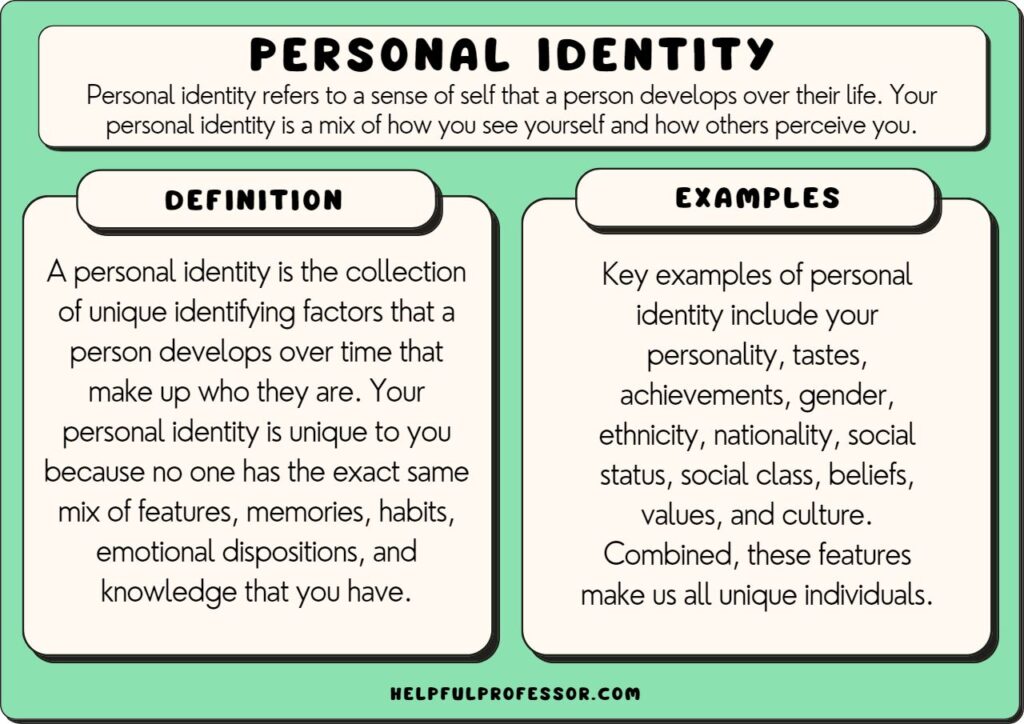
Personal Finance Lessons: Learning to Laugh Your Way to Financial Freedom (or at Least Financial Sanity)
Let’s face it, personal finance isn’t exactly a laugh riot. It’s often associated with spreadsheets, budgeting apps, and the gnawing feeling that you’re somehow messing it all up. But what if we told you that there’s a way to approach your finances with a sense of humor? After all, laughter is the best medicine, and sometimes, you need a good dose of it to swallow the bitter pill of financial responsibility.
This isn’t about making light of serious financial situations, but about injecting some levity into the process. Because honestly, if you can’t laugh at yourself when you accidentally spend $50 on avocado toast in a week, then who can you laugh at?
Lesson 1: Budgeting – Where Your Money Goes to Hide (and How to Find It)
Budgeting. The word alone can send shivers down your spine. It conjures images of deprivation, restriction, and saying "no" to everything fun. But think of your budget as a financial detective, tracking down where your money mysteriously vanishes each month.
The Funny Side:
- The "Subscription Trap": We’ve all been there. You sign up for a free trial of a streaming service, forget to cancel, and suddenly you’re paying for 17 different platforms you barely use. It’s like your money is staging a disappearing act, leaving you wondering if you’ve accidentally funded a small nation of entertainment providers.
- The "Impulse Buy Bandit": That shiny new gadget, the limited-edition shoes, the "must-have" kitchen appliance. They all whisper sweet nothings to your wallet, promising instant gratification. But after the initial high wears off, you’re left with a cluttered house and a lighter bank account.
- The "Coffee Conundrum": It seems harmless enough, that daily latte. But when you do the math, you realize you’re spending more on caffeine than you are on your rent. It’s a wake-up call, literally.
The Serious Side:
Creating a budget is crucial for understanding your income and expenses. It allows you to identify areas where you can cut back and save money. There are tons of budgeting methods out there – the 50/30/20 rule, the envelope system, zero-based budgeting. Find one that works for you and stick with it. You can also use apps that connect directly to your bank and credit card accounts to help you track your spending and see where your money is going.
Lesson 2: Saving – Becoming a Financial Squirrel (Without Burying Nuts in Your Backyard)
Saving money is like building a financial fortress. It protects you from unexpected expenses, helps you reach your goals, and provides a sense of security. But let’s be honest, it can also feel like you’re depriving yourself of the things you want.
The Funny Side:
- The "Penny-Pinching Paradox": You spend hours clipping coupons to save a few dollars on groceries, only to blow it all on a spontaneous shopping spree later. It’s like your brain is playing a cruel joke on your bank account.
- The "Saving for a Rainy Day (When It’s Always Raining)": It feels like there’s always something that needs fixing, replacing, or paying for. Your savings account becomes a revolving door, constantly being drained by unexpected emergencies.
- The "Delayed Gratification Dilemma": You want that new car, that fancy vacation, that designer handbag. But you also know you should be saving for retirement. It’s a constant battle between your present desires and your future self.
The Serious Side:
Start small. Even saving a few dollars each week can add up over time. Automate your savings by setting up recurring transfers from your checking account to your savings account. Consider opening a high-yield savings account to earn more interest on your money. And remember, saving isn’t about depriving yourself, but about making conscious choices about how you spend your money.
Lesson 3: Debt – Taming the Financial Monster Under Your Bed
Debt is a reality for many people. Student loans, credit card debt, mortgages – they can all feel like a heavy weight on your shoulders. But debt isn’t always a bad thing. It can be a tool to help you achieve your goals, like buying a home or starting a business. The key is to manage it responsibly.
The Funny Side:
- The "Credit Card Carousel": You use one credit card to pay off another, creating a never-ending cycle of debt. It’s like you’re trapped on a financial merry-go-round, constantly chasing your tail.
- The "Interest Rate Abyss": You look at your credit card statement and realize you’re paying more in interest than you are on the actual purchases. It’s like your money is being sucked into a black hole.
- The "Late Fee Fiasco": You forget to pay your bill on time and get hit with a hefty late fee. It’s like the universe is conspiring against you.
The Serious Side:
Prioritize paying off high-interest debt first. Consider consolidating your debt with a lower interest loan. Negotiate with your creditors to lower your interest rates. And most importantly, avoid accumulating more debt than you can handle.
Lesson 4: Investing – Turning Your Money into a Superhero (With a Cape and Everything)
Investing can seem intimidating, especially if you’re new to it. But it’s one of the best ways to grow your wealth over time. It’s like planting a seed and watching it grow into a mighty oak tree (or at least a small shrub).
The Funny Side:
- The "Stock Market Rollercoaster": Your investments go up one day and down the next, leaving you feeling like you’re on a financial thrill ride. It’s like your money has a mind of its own.
- The "Fear of Missing Out (FOMO) Frenzy": Everyone’s talking about the latest hot stock, and you’re tempted to jump on the bandwagon. But you know you should stick to your long-term investment strategy.
- The "Analysis Paralysis Predicament": There are so many investment options to choose from that you don’t know where to start. It’s like you’re drowning in a sea of financial jargon.
The Serious Side:
Start with the basics. Learn about different types of investments, like stocks, bonds, and mutual funds. Diversify your portfolio to reduce risk. Invest for the long term and don’t panic sell when the market goes down. You can also invest in ETF’s or mutual funds that help diversify your investments automatically. Consider consulting with a financial advisor to get personalized advice.
The Punchline: It’s Okay to Laugh (and Learn)
Personal finance is a journey, not a destination. There will be ups and downs, successes and failures. The key is to learn from your mistakes, stay focused on your goals, and don’t be afraid to laugh along the way. Because if you can’t find humor in your financial life, you’re going to have a very long and stressful road ahead. So, embrace the absurdity, celebrate the small wins, and remember that even the most financially savvy people make mistakes. After all, we’re all just trying to figure it out as we go along. And if you can do it with a smile on your face, you’re already ahead of the game.



